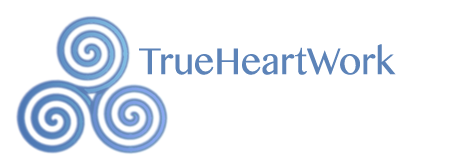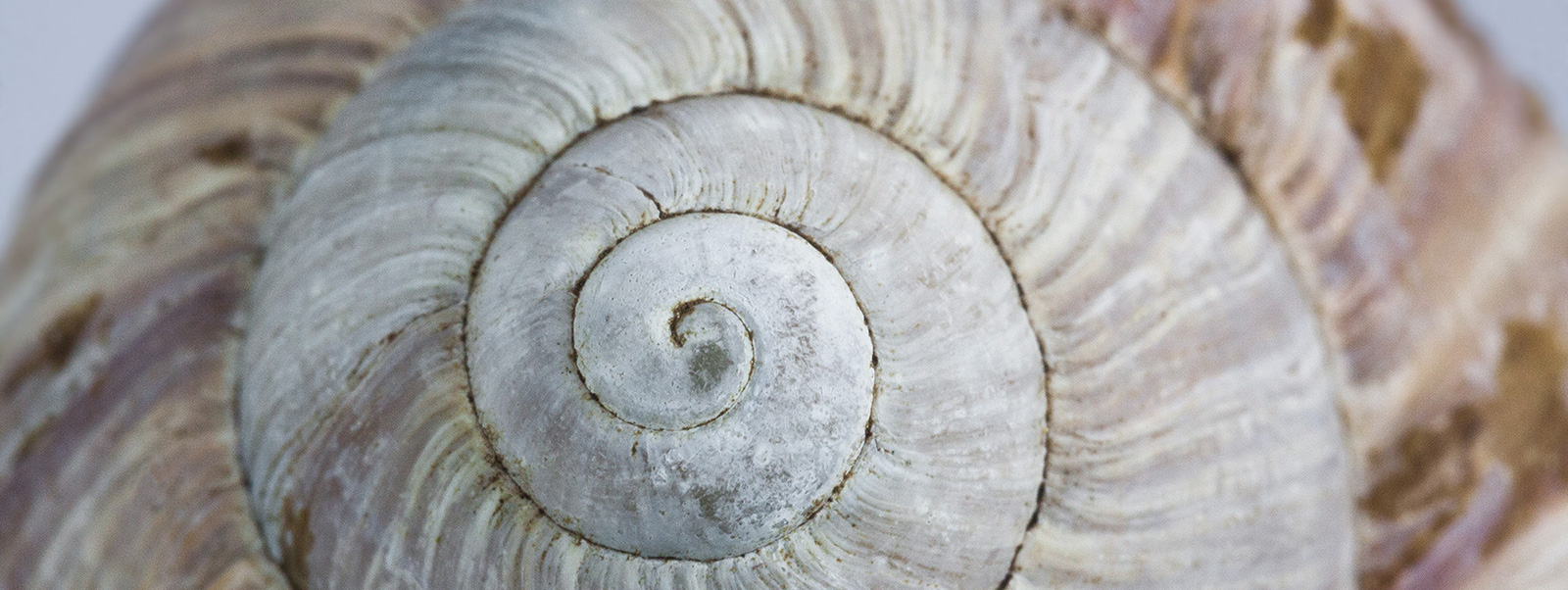I want you but I don’t need you
 I have a friend who has perfected The Art of The Brush-Off.
I have a friend who has perfected The Art of The Brush-Off.
He is a Vermeer, a van Gogh of seduction.
Relationships, his blank canvas. He blends his pigments on a palette of politeness. With panache he delivers the final flick of the brush. Perplexed friends and lovers wait for the visit, the call, the email. The “why”, which like the Second Coming, never comes. His septic self-loathing aches beneath the gauze of a white-toothed smile. His arsenal of languorous pleasantries conceal the immensity of his attachment to beliefs which bind him to his past – it is dangerous to need, to love, to be vulnerable. He leaves before he can feel the pain of rejection or the obliteration of loving. He unilaterally severs communication because the pain of self-enquiry is too excruciating. Like the Emperor who is wearing no clothes, he parades proudly wearing his assumptions about love and loss wrapped around him tightly.
Psychology proposes that we learn about love in the cradle of our source – our original family. That encased in our adult’s bodies is the child, the adolescent. That each one of us has lei-lines of feelings, associations, punitive judgements and an emotional resonance which underpin our adult relationships. That we drag our family complexes through the passage of time and meet them again and again in our relationships with our lovers, our children, our colleagues and our friends. 
Yet we live at the dawn of a new paradigm of energy wisdom heralded by teachers like Carolyn Myss in her ground-breaking work in the ‘90s. This is the wisdom of the mystics and the shamans. A wisdom that has slumbered for centuries under the perfectly cloudless skies of rationalism. A wisdom that now stretches into the concrete canals of mainstream thinking: Everything is energy. Our thought are energy. Our thoughts speak through the mother tongues of our bodies. Our thoughts leak into our childhood time line, our previous parasitical relationship, our betrayal, our unfair dismissal from our last job.
So many of us define ourselves by our physical, emotional, or social wounds. These wounds (my mother was depressed, my parents divorced, my husband was an alcoholic, my family died in the holocaust, we were victims of apartheid ) create an archetypal bonding and security within our relationships. They colour our attitudes and beliefs. They are our “wounded child” that ties us to the thred-bare blue blanket of the past and communicates through the illnesses that manifest in our bodies and our neurotic behaviours. Wounds become a form of higly valued currency to control others subtly in socially accepted ways. When we pull out our wounds nobody challenges us anymore and we find a sense of tribal belonging with others who plug in, just like us. We don’t do this consciously. It is the stream of our inner dialogue that loops around the same stuck places where we ache and lose our connection to our core aliveness. Carolyn Myss posited that healing is as frightening to us as forgiveness.
“One may not reach the dawn, save by the path of night,” said Kahil Gibran. So often it is in the velvety darkness of despair that we glimpse the radiance of the morning star and draw our energy back to present time. So often it is in our pain that synapses cross and we finally have the courage and the will to unplug our energy circuits from our tangled perceptions of events. So often it is in the dawn of the new day that we embrace the jettisoned parts of ourselves and disembark from the leaky boats of relationships we once built with bent timbers. Loving ourselves enough may mean we walk away from lovers and friends who remain plugged into their own matrix of suffering and expect us to stay there with them.
We walk across the stepping stones of challenge to return to the warm welcome of our home coming, tempered by the heat of the fire that has burnt us black. We emerge more pliable, more resilient, more compassionate, and more attuned to the heroic strength of our own spirit. It takes enormous discipline and discrimination to hold on to ourselves and know that we alone are capable of reversing, re-framing events from the past.
Intimate relationships offer us opportunity become artists in the poetics of the soul. From the crushed bud of loss, from our own perception of rejection, seeps life-giving moisture to nourish the fragrant flower of our own authentic power. We can grow and flourish through forgiveness and love, which burns away hatred and fear in its blue flame. We can value ourselves enough to simply mirror the pain of those that scratch and claw at life, and not to take it on as ours. We allow our hearts to bloom as we hold on tightly to ourselves and don’t become entangled in assumptions or stories that we make up in the dark hours just before dawn. “Thoughts become things … “says Mike Dooley, “choose the good ones!” 
Amanda Palmer sings poignantly I want you but I don’t need you




